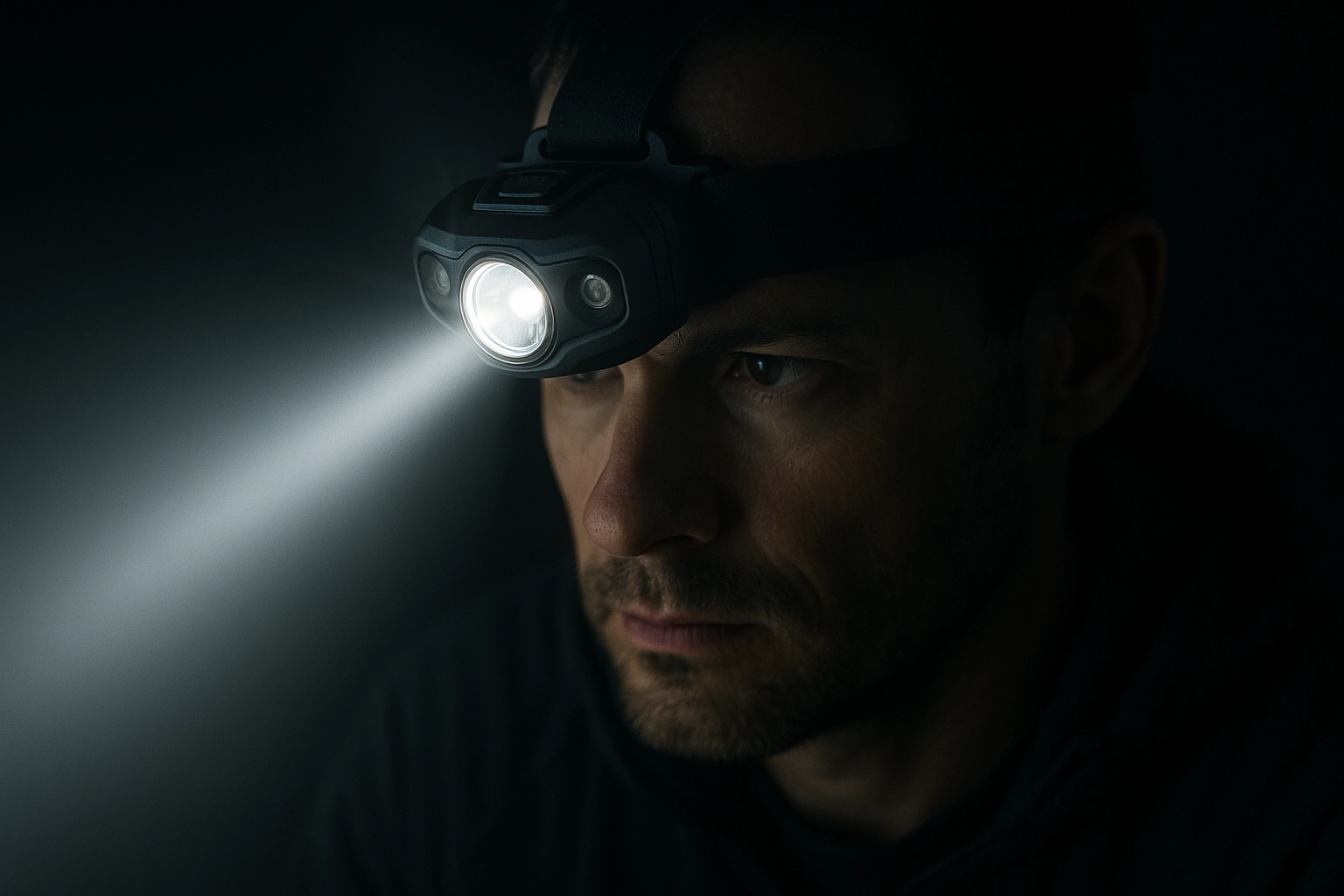IEC 60810 – Lamp and Bulb Lumen Output Testing
The International Electrotechnical Commission (IEC) Standard 60810 is a globally recognized technical specification that governs the testing of lamp and bulb luminous flux, commonly referred to as lumen output. This standard ensures consistent measurement procedures for light sources across various industries, including automotive, where precise luminaire performance is crucial.
The primary objective of this test is to determine the total luminous flux emitted by a lamp or bulb under specified conditions. This parameter is critical in determining how much visible and invisible (infrared and ultraviolet) light is produced. The IEC 60810 standard specifies not only the method for measuring lumen output but also the environmental conditions and the instruments to be used.
The measurement of lumen output involves placing a lamp or bulb in a calibrated integrating sphere, which collects all the emitted light and measures its total flux. The integrating sphere is equipped with photodetectors that convert the light energy into electrical signals. These signals are then processed by specialized software to calculate the lumens.
The test setup for IEC 60810 is straightforward but requires precise calibration of all components. The integrating sphere must be regularly calibrated against a known standard, and the photodetectors should be checked for stability over time. This ensures that the measurements are accurate and reliable. The standard also specifies the distance at which the lamp or bulb should be placed from the integrating sphere to minimize any shadowing effects.
The lumen output test is essential in ensuring compliance with international regulations, such as those set by the European Union's Ecodesign Directive for energy-using products. It helps manufacturers to optimize their designs and ensure that their products meet the required performance levels. In the automotive sector, accurate lumens data are vital for headlamp performance, ensuring visibility under various conditions.
Manufacturers must follow this standard when producing lamps and bulbs intended for use in vehicles. By adhering to IEC 60810, they can demonstrate compliance with international standards and ensure that their products perform as expected across different environments.
Ensures compliance with international standards for lamp and bulb luminous flux testing.
Maintains consistent performance across different lighting products globally.
Reduces the risk of accidents due to poor visibility in vehicles.
Facilitates international trade by ensuring that products meet the same performance criteria worldwide.
Use Cases and Application Examples
| Use Case/Application | Description |
|---|---|
| Automotive Headlamp Testing | This use case involves testing headlamps to ensure they meet the required lumen output for safe visibility during night driving. The test is performed using an integrating sphere and photodetectors in a controlled environment. |
| Manufacturing Quality Control | In this scenario, manufacturers use IEC 60810 to ensure that their lamps and bulbs meet the required performance levels before they are shipped to customers. This helps prevent defective products from reaching the market. |
| Luminaire Design Optimization | Designers use lumen output testing to refine the design of luminaires, ensuring optimal light distribution and energy efficiency. |
Customer Impact and Satisfaction
Ensures that products meet international quality standards, enhancing customer confidence in product reliability.
Reduces the likelihood of compliance issues with regulators, leading to fewer recalls and better brand reputation.
Environmental and Sustainability Contributions
Contributes to energy efficiency by ensuring that lamps and bulbs are as efficient as possible.
Promotes the use of sustainable lighting solutions, reducing environmental impact.





